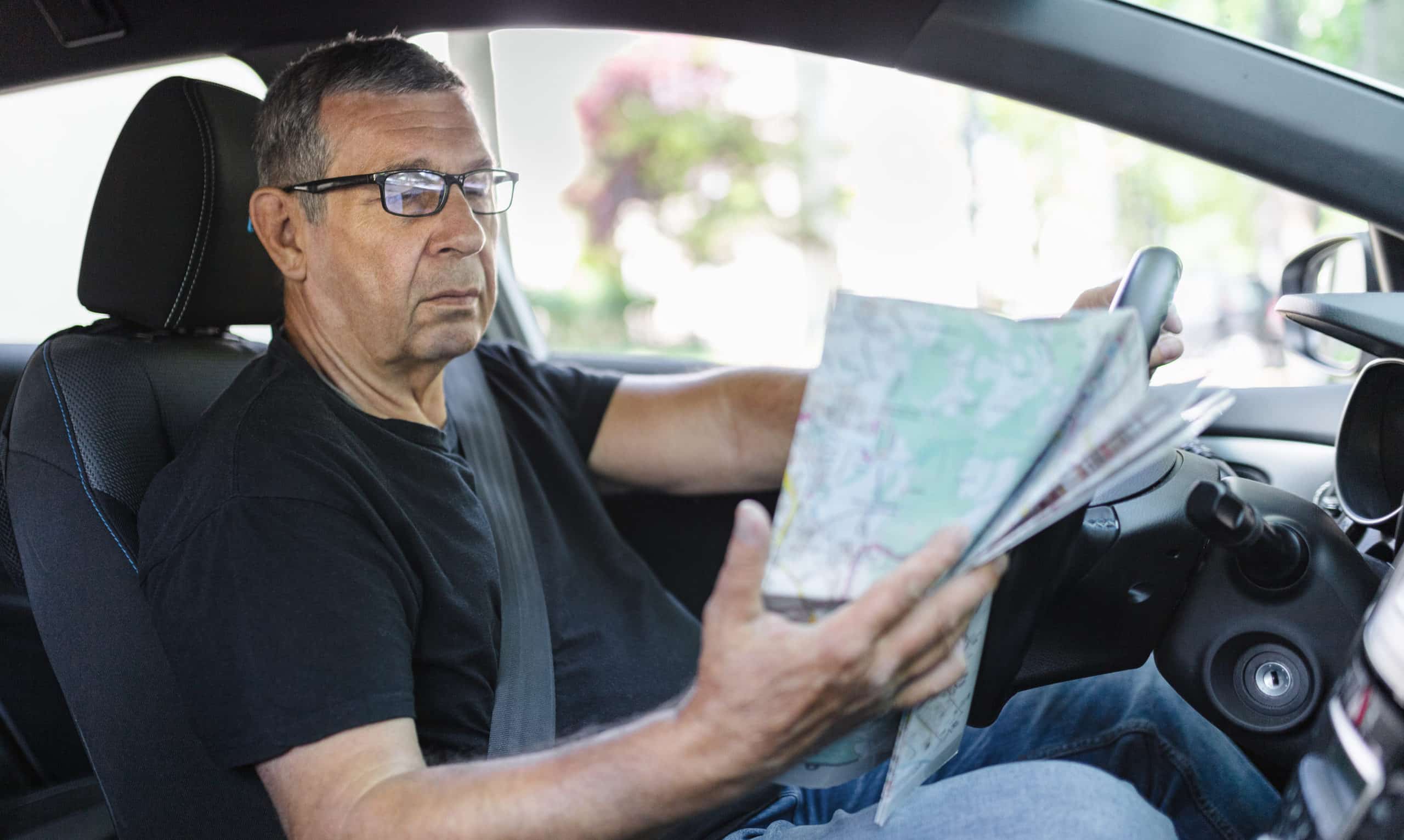Why You Shouldn’t Rely on Google Maps for Route Planning

In the age of real-time navigation and digital convenience, Google Maps has become a go-to tool for drivers everywhere. Whether it’s for finding the fastest way across town or avoiding unexpected congestion, it’s a helpful app for everyday journeys. But when it comes to commercial logistics, route planning for fleets, and high-volume delivery operations, relying solely on Google Maps is not only limiting, it could be costing your business significantly.
As logistics and customer expectations continue to evolve rapidly, the limitations of general-purpose navigation tools are becoming more apparent. Businesses now require smarter, more sophisticated solutions to ensure reliability, efficiency, and customer satisfaction at scale.
Here’s why Google Maps falls short, and why route planning needs a more dedicated approach moving forward.
1. Google Maps is Built for Consumers, Not Commercial Fleets
Google Maps is excellent for personal use, but it was never designed with fleet operations in mind. It doesn’t account for the nuanced requirements of delivery drivers, service technicians, or logistics planners managing dozens, if not hundreds, of vehicles on the road.
Key limitations include:
– No native support for multi-stop route optimisation at scale
– No vehicle-specific routing based on size, weight, or load type
– No integration with logistics workflows or proof-of-delivery systems
In short, while Google Maps might help an individual driver avoid traffic, it doesn’t have the intelligence or infrastructure to support complex delivery operations or manage multi-vehicle coordination.
2. It Can’t Optimise Multiple Routes Across Your Fleet
One of the most significant shortcomings of Google Maps is its inability to optimise delivery schedules across an entire fleet. For businesses managing dozens of drivers, the challenge isn’t just “what’s the fastest route?”, it’s “how do I assign the right driver to the right job, at the right time, with the least mileage?”
Advanced route planning tools take into account:
– Driver shift patterns and availability
– Delivery windows and time constraints
– Service durations and customer preferences
– Depot locations and return-to-base requirements
Google Maps doesn’t, and can’t, deliver that level of strategic routing. Instead, it leaves planners stitching together manual solutions, leading to inefficiencies, higher fuel costs, and missed SLAs.
3. Real-Time Data Alone Isn’t Enough
While Google Maps does a decent job of showing real-time traffic, it lacks the context and control required for operational logistics. For example:
– It doesn’t allow you to dynamically reassign jobs or re-sequence routes in-flight based on live conditions
– It doesn’t provide visibility across your fleet or job statuses
– It doesn’t account for on-the-ground realities like driver breaks, service delays, or failed deliveries
Operational agility requires more than live traffic updates, it requires integrated, responsive route management that links planning, dispatch, and customer communications in real time.
4. There’s No Reporting, Analytics, or Strategic Insight
Google Maps won’t help you answer crucial performance questions like:
– Which driver is consistently arriving late?
– Where are we losing time or wasting fuel?
– Are routes being followed as planned?
– How can we reduce carbon emissions across our delivery network?
Route optimisation isn’t just about today’s delivery, it’s about continuous improvement over time. Businesses need tools that turn data into insight, with the ability to track KPIs, generate reports, and uncover trends that can drive long-term efficiency gains. Google Maps simply doesn’t provide this level of operational intelligence.
5. Manual Planning Creates Risk and Bottlenecks
Businesses relying on Google Maps often depend heavily on manual input. Whether it’s planners juggling spreadsheets and postcode lookups, or drivers self-navigating without clear sequencing, the result is a process that’s slow, inconsistent, and prone to human error.
Manual planning increases the risk of:
– Inefficient routes that inflate costs
– Double bookings or missed deliveries
– Miscommunications between teams
– Difficulty scaling during peak periods
In contrast, modern route optimisation platforms are designed to automate and streamline planning, leaving teams with more time to focus on service delivery rather than logistics admin.
6. Customer Expectations Are Rising – Fast
Delivery success is no longer just about getting a parcel from A to B, it’s about precision, visibility, and experience. Customers now expect:
– Accurate ETAs with proactive updates
– Narrow delivery windows
– Real-time tracking and notifications
– Fewer missed or rescheduled visits
These expectations can’t be met with basic tools alone. Businesses that rely on Google Maps are often left reacting to problems instead of preventing them, which can harm customer satisfaction and damage brand reputation.
7. Sustainability and Cost-Efficiency Require Smarter Routing
With increasing fuel costs, driver shortages, and ESG (environmental, social, and governance) pressure mounting, the need to deliver more with less has never been greater. Smart route optimisation can reduce fuel usage, cut carbon emissions, and help businesses hit their sustainability goals, all while lowering operational costs.
Google Maps doesn’t provide the strategic oversight or automation required to achieve these outcomes consistently. It might get you from A to B, but it won’t help you optimise across C to Z.
The Bottom Line
Google Maps is a powerful tool, but it’s not a route optimisation solution.
As the demands on delivery and logistics continue to grow, businesses need to move beyond consumer-grade tools and embrace technology that’s purpose-built for operational excellence. The difference between reactive navigation and proactive planning could be the key to unlocking major efficiency gains, improving customer satisfaction, and staying ahead of the competition.
Speak to MaxOptra today to see how smarter route optimisation can reduce risk, improve accuracy, and deliver results your customers will notice.
👉 Get in touch with our team now to book a demo or chat through your challenges.
FAQs: Route Planning Best Practice
What is route planning and why is it important?
Route planning is the process of determining the most efficient path for vehicles to take when completing deliveries, service appointments, or multi-stop journeys. In commercial logistics, effective route planning reduces fuel costs, improves delivery success rates, and enhances customer satisfaction by ensuring timely and predictable arrivals.
Can I use Google Maps for route planning?
While Google Maps is useful for basic navigation, it lacks the advanced features needed for commercial route planning. It doesn’t support fleet optimisation, job scheduling, delivery windows, vehicle restrictions, or performance reporting – all of which are essential for effective logistics planning.
What’s the difference between navigation and route planning?
Navigation helps a driver follow a route in real time (e.g., turn-by-turn directions), whereas route planning focuses on the strategic sequencing and optimisation of multiple routes or stops before the journey begins. Route planning considers variables like time windows, traffic, driver schedules, vehicle capacities, and customer locations to optimise overall performance.
Why is route planning software better than manual planning?
Manual route planning is time-consuming, prone to errors, and difficult to scale. Route planning software automates the process using algorithms and real-time data, enabling businesses to optimise routes quickly, reduce mileage, increase delivery success, and adapt dynamically to changing conditions.
Is route planning important for small businesses too?
Absolutely. Whether you operate a fleet of 2 or 200 vehicles, effective route planning can help reduce costs, improve efficiency, and deliver better service to customers. For small businesses, even small time and fuel savings can have a significant impact on profitability.
Maxoptra System
© MaxOptra, 2023. Privacy Policy and Cookies







